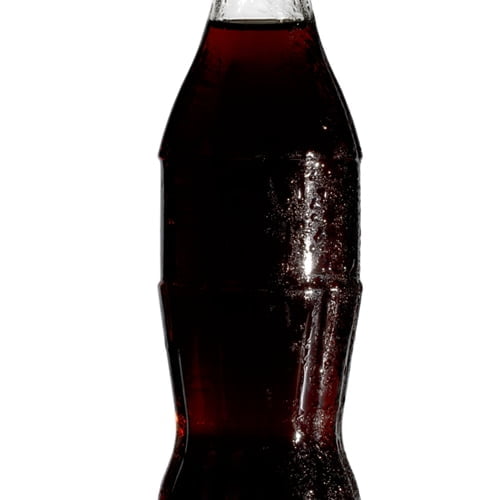
A report found that PepsiCo is still using a carcinogen in the caramel coloring of some of its products.
Where the finest products along with everything you need for “do-it-yourself” label printing are just a click away.
Call Now: +1-866-299-0066 or Live Chat

After years of contentious debate, the U.S. Department of Agriculture has finally published new regulations on the labeling of genetically modified foods. The recent push for a concrete decision began with the GMO Labeling Bill, a piece of Obama-era legislation that created a federal standard for foods that contain genetically engineered ingredients. While some consumer advocates saw this original bill as a success, many were critical of the vague guidelines it imposed on distributors.
One of the primary complaints was that the bill allowed corporations to use alternative methods of labeling – like QR codes and 1-800 numbers – rather than an explicit and standardized GMO symbol, according to a 2016 article from Fortune. This accounts for why food-labeling activists have continued to put pressure on the USDA following the bill’s signing, compelling federal legislators to review the issue in earnest during its two-year comment period.
The issue of GMO labeling often boils down to transparency and whether food distributors should be required by law to inform consumers about genetically modified organisms in their products. Consumer advocate groups argue that citizens have a right to know what they’re eating, while corporate interests tend to focus on research that shows GMO ingredients pose no threat to human health. In 2005, the World Health Organization published a comprehensive study on the impact of biologically engineered foods on human health and development, concluding that “GM foods currently available on the international market have undergone risk assessments and are not likely to present risks for human health any more than their conventional counterparts.”
Close to half of Americans – 49 percent – believe that foods with GM ingredients are worse for human health than non-GM foods.
Despite substantial research, many consumers remain skeptical about bioengineering techniques in commercial agriculture. A 2018 survey from the Pew Research Center found that close to half of Americans – 49 percent – believe that foods with GM ingredients are worse for human health than non-GM foods, a 10 percentage point increase from 2016.
This contention has led to significant delay in finalizing the details of the legislation, in part because of the interchangeable terms used by regulators within the proposed rules. Consumers have grown accustomed to the acronym “GMO” when debating the issue, but the original guidelines would have required food distributors to label genetically modified foods as “BE” for bioengineered. The confusion surrounding industry terminology is just one example of why health and environmental groups are pushing for strict labeling rules, but the USDA’s final ruling has added a few more grievances to the pile.
After a rigorous comment period, the USDA has finally settled on a concrete set of labeling regulations for GMO foods, which will go into effect starting in 2020. The government agency created a new label design that distributors must use on products with bioengineered ingredients, though some exemptions have been granted to certain manufacturers and foods with minor GMO ingredients.
The response to these unexpected exceptions has been mixed, and many consumer advocates believe the ruling demonstrates the broader issue of GMO definitions and thresholds. For example, the USDA has stated that some gene editing techniques have indistinguishable effects when compared to crops that have been traditional breed. Under the new legislation, these plants are not considered genetically modified and manufacturers won’t be required to label them products as GMO. Additionally, the USDA has upheld its earlier proposal to standardize labeling rules using the acronym “BE” for foods produced using genetic engineering.
These types of incidents demonstrate the importance of reliable labeling infrastructure, as new guidelines are constantly being reworked in response to public pressure. Businesses need label software and label printers that can keep up with the regulatory world, as it’s hard to tell when they might be held liable for a product-wide reprint.
Food manufacturers can stay ahead by visiting the DuraFast U.S. site or Canadian site to find printers and accessories that will help them remain flexible and compliant in the long term.